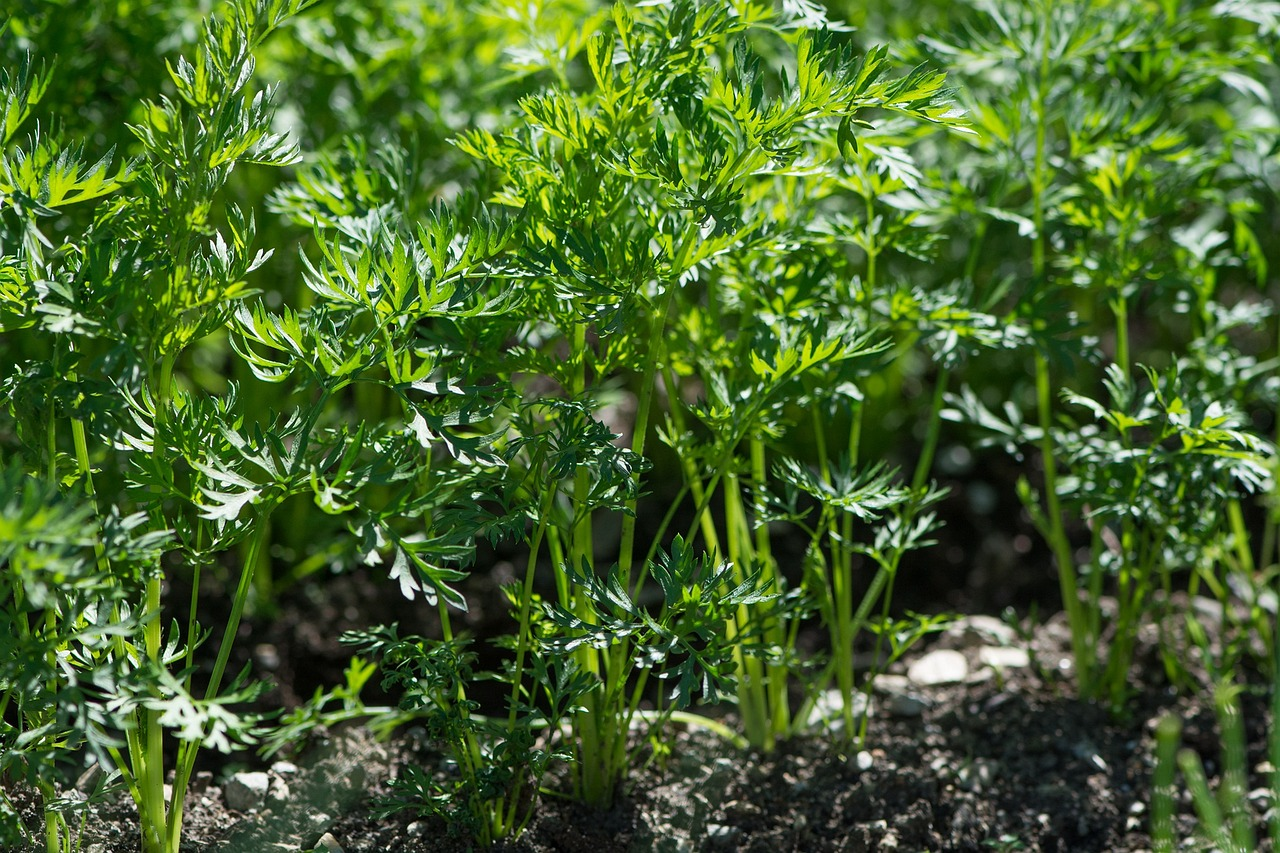
Companion Plants for Carrots: What (Not) to Plant With Carrots
Carrots are a popular vegetable for growing in your own garden and are also very healthy. As a self-sufficient grower, you can still enjoy your carrot harvest in winter, as some varieties can be stored well. To have as little trouble as possible with diseases and pests and therefore a rich harvest, you should plant carrots in companion planting. We give you an overview of companion plants and antagonistic plants as well as succession cropping and crop rotation rules for carrots.
This Article Contains:
- Planting Carrots: Location & Soil
- Carrots in Companion Planting: What to Plant Next to Carrots?
- Good Companion Plants for Carrots: A Table
- Can You Plant Onions and Carrots Together?
- Sow Carrots and Radishes Together
- Prevent Carrot Fly With Companion Planting
- What Not to Plant With Carrots: Bad Companion Plants
- Succession Cropping & Crop Rotation
- Companion Planting Plan With Carrots: An Example
- Frequently Asked Questions: Carrots in Companion Planting
Quick Overview
Planting Carrots: Location, Soil, Nutrients
- Soil: sandy, deep, loose and humus-rich, evenly moist
- Location: sunny
- Nutrient requirements: moderate, as a medium feeder
Good and Bad Companion Plants for Carrots
- Good companion plants: chili, peas, garlic, cabbage, onions, chard, peppers, radishes, daikon, lettuce, tomatoes, dill, oregano, marigold, rosemary, sage, chives, thyme
- To prevent the carrot fly, you can plant onions, garlic, celery, rosemary, dill or parsley next to the carrots
- Bad companion plants: field beans, chervil turnip, horseradish, parsnip, beet, soybean, Jerusalem artichoke, root parsley, mint, parsley
Planting Carrots: Location & Soil
To grow your own carrots, you need the right location. To grow large carrots, they need a sunny spot. The soil should be slightly sandy, deep, loose and humus-rich. Carrots also need evenly moist soil. Otherwise the carrots can burst open (too much water) or become woody (too little water).
Carrots are medium feeders and have moderate nutrient requirements, although they do need to be fertilized a little. It is best to prepare the soil well beforehand with compost or other organic long-term fertilizers. More Tips for Growing Carrots and for a rich harvest can be found here in the article.
Carrots in Companion Planting: What to Plant Next to Carrots?
Carrot plants are quite uncomplicated bedfellows and can grow in companion planting with many other vegetable plants. As carrots are medium feeders, you can combine them well with other medium, weak and heavy feeders. There are also some herbs and flowers that grow well alongside carrots. In Companion Planting, fragrant plants are usually effective against pests and diseases. Some flowers and herbs, such as marigolds, also contribute to soil health. You can therefore promote a healthy ecosystem with the right plants in the bed. In contrast, with the 'wrong' planting partners, you promote diseases and pests in the bed.

Want to Plan a Mixed Crop With Carrots?
With our bed planner, you can easily plan a colourful mixed crop. Good and bad neighbours are displayed directly and you get tips on succession planting and crop rotation!
Plan Your Bed NowGood Companion Plants for Carrots: A Table
| Vegetables | Flowers and Herbs |
|---|---|
| chilli | dill |
| pea | oregano |
| garlic | marigold |
| various types of cabbage such as leaf cabbage, head cabbage, brussels sprouts, pak choi and chinese cabbage | rosemary |
| cress | sage |
| leek | chives |
| swiss chard | thyme |
| paprika | |
| radishes | |
| radish | |
| rocket | |
| lettuce (garden lettuce, endive) | |
| tomatoes | |
| onions, spring onions |
Can You Plant Onions and Carrots Together?
Planting carrots and onions together in a bed is a popular mixed crop. The reason is that the carrot fly avoids onion plants, while the onion fly avoids carrots. Both plants therefore benefit from this mixed crop.
Leeks and spring onions are best suited for mixed cultivation with carrots, as these two plants have similar water requirements. After a certain stage, onions need significantly less water than carrots. Unfortunately, this does not harmonize so well and either the onions rot or the carrots become woody. As leeks can grow significantly larger than carrot plants, there is a risk that the carrots will not get enough light. However, you can solve this by choosing the right variety and growing an autumn leek together with an early carrot variety, for example. This way, the leek is still small while the carrots are growing.
Sow Carrots and Radishes Together
Carrots and radishes are often sown together. On the one hand, the radishes serve as 'marker seed' for the carrots. In addition, carrots have a relatively long germination period. Radishes, on the other hand, germinate quickly and form their tubers even before the carrot plants develop proper roots. This allows you to make the most of your space in the bed. You can find more Tips and Instructions on Sowing Carrotsin this article.
Prevent Carrot Fly With Companion Planting
The carrot fly is a dreaded pest in the vegetable patch that destroys the carrot roots. One way to keep this pest at bay is to grow the carrots in companion planting with other plants. For example, onions, garlic or celery can be planted near carrots to keep carrot flies away. Another option is to combine carrots with herbs such as rosemary, dill or parsley. These plants attract beneficial insects such as ladybugs and hoverflies, which can reduce the carrot fly population.

Our tip: Parsley is actually not a companion plant for carrots, as they are in the same plant family. Parsley does not like to grow next to other plants of the same species. However, as its scent is effective against the carrot fly, you can plant parsley at the edge, for example. Then plant other crops between the carrot and parsley so that they are far enough apart.
What Not to Plant With Carrots: Bad Companion Plants
| Vegetables | Herbs |
|---|---|
| field beans | lovage |
| chervil | mint |
| horseradish | parsley |
| parsnip | |
| beetroot | |
| soy bean | |
| jerusalem artichoke | |
| root parsley |
Carrots develop long taproots that grow deep into the soil. This is why other root vegetables such as parsnips and beet are not as suitable as direct compaions for carrots. Otherwise there could be competition for space, with one crop losing out and the harvest being smaller. You should therefore plant another shallow-rooted crop between root vegetables. The rule of avoiding planting clusters of the same plant family in one bed also applies here. One more reason not to plant parsnips, root parsley and chervil next to carrots.
Succession Cropping & Crop Rotation
As with most vegetables, it is important to change the location regularly and rotate between plants of different families. Otherwise, the risk of crop-specific diseases and pests becoming established is quite high. Therefore, the rule of thumb here is to take a cultivation break of 3 to 4 years on a bed (part of a bed) before planting umbellifers again.
In addition to crop rotation, you should also pay attention to a Balanced Succession Planting. As carrots are medium-demanding, there is not quite as much to consider here. You can plant both weak and strong growers as a pre-crop and post-crop. The only important thing is not to plant a strong grower before AND after, but to alternate. If you want to plant a heavy feeder, you should add sufficient compost or sow and incorporate a green manure beforehand. Otherwise, carrots loosen the soil deeply, from which other root vegetables can benefit as a subsequent crop. But lamb' s lettuce also has deep roots, despite its inconspicuous appearance above the soil. Lamb's lettuce is a particularly good catch crop because it also contributes to soil health and is a great succession cropping element. It belongs to the honeysuckle family and therefore adds variety to your succession cropping.
Companion Planting Plan With Carrots: An Example
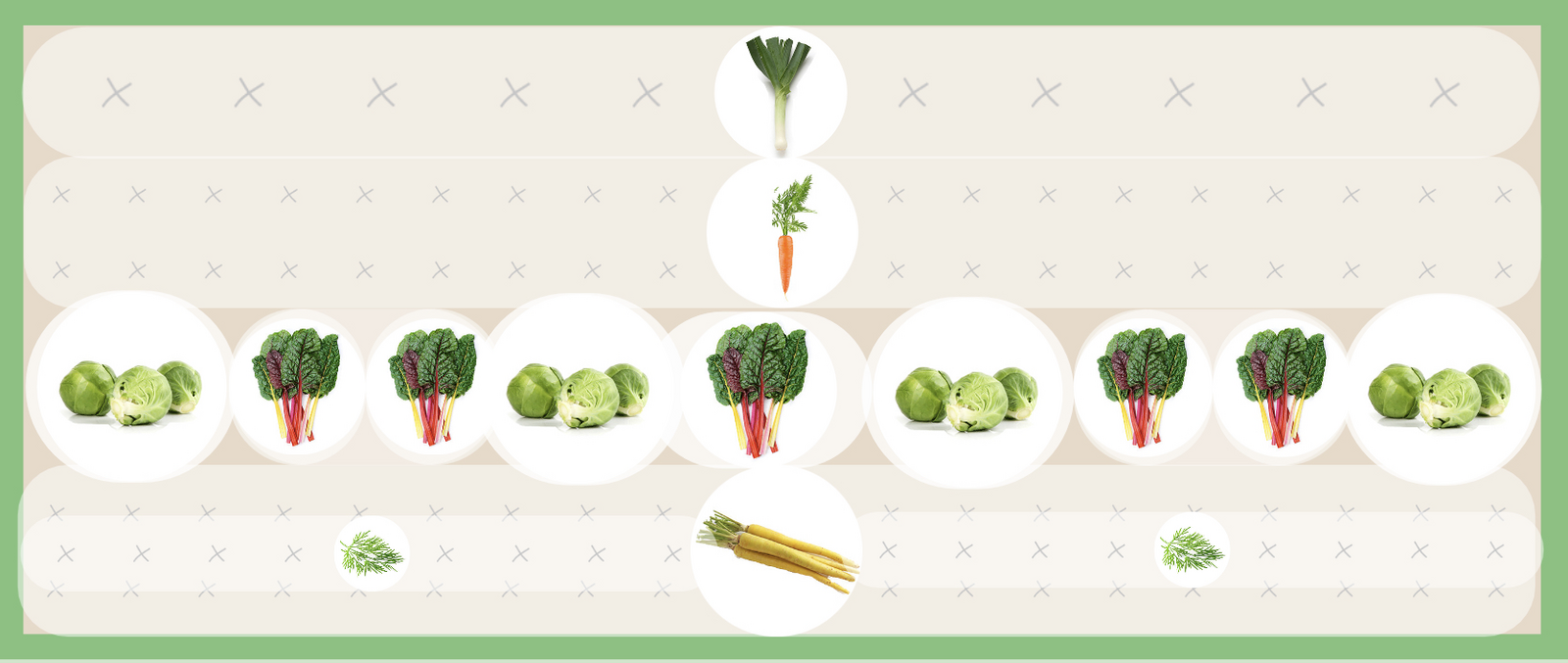
Carrots are a wonderful main crop in summer. There are two different carrot varieties in this bed plan: the early carrot variety 'Nantes 2' and the late, yellow carrot variety 'Jaune du doubs'. Nantes 2 is sown in February together with radishes. Carrots and radishes are often sown together. The radishes are harvested by the beginning of April at the latest, before the carrots really start to grow. Jaune du Doubs is sown here from mid-May together with dill. Dill promotes the germination of carrot seeds and can fill the gaps between the carrots. In April, you can sow the chard directly into the bed and start growing the leek and possibly Brussels sprout plants. If you want to sow the Brussels sprouts directly, you can do this from mid-May. Good pre- and post-crops here in the bed are chives, kohlrabi, lettuce, peas and cress.
Good luck growing your own carrots! If you have any questions, problems or comments, please write to us at [email protected].
Would you like to receive helpful gardening tips all year round and plan your own beds optimally? Then register here or download the Fryd app for Android or iOS.
Fryd - your digital bed planner
Cover picture by Petra on Pixabay.

Marie
Marie is an agronomist. She is particularly interested in the sustainable and organic cultivation of vegetables and other plants. In her own garden, she gained experience and likes to try things out to learn from nature. She is particularly interested in the values and principles of permaculture, in order to contribute not only to the well-being of nature, but also to the well-being of people and future generations.
Learn MoreCurrent Topics in the Community

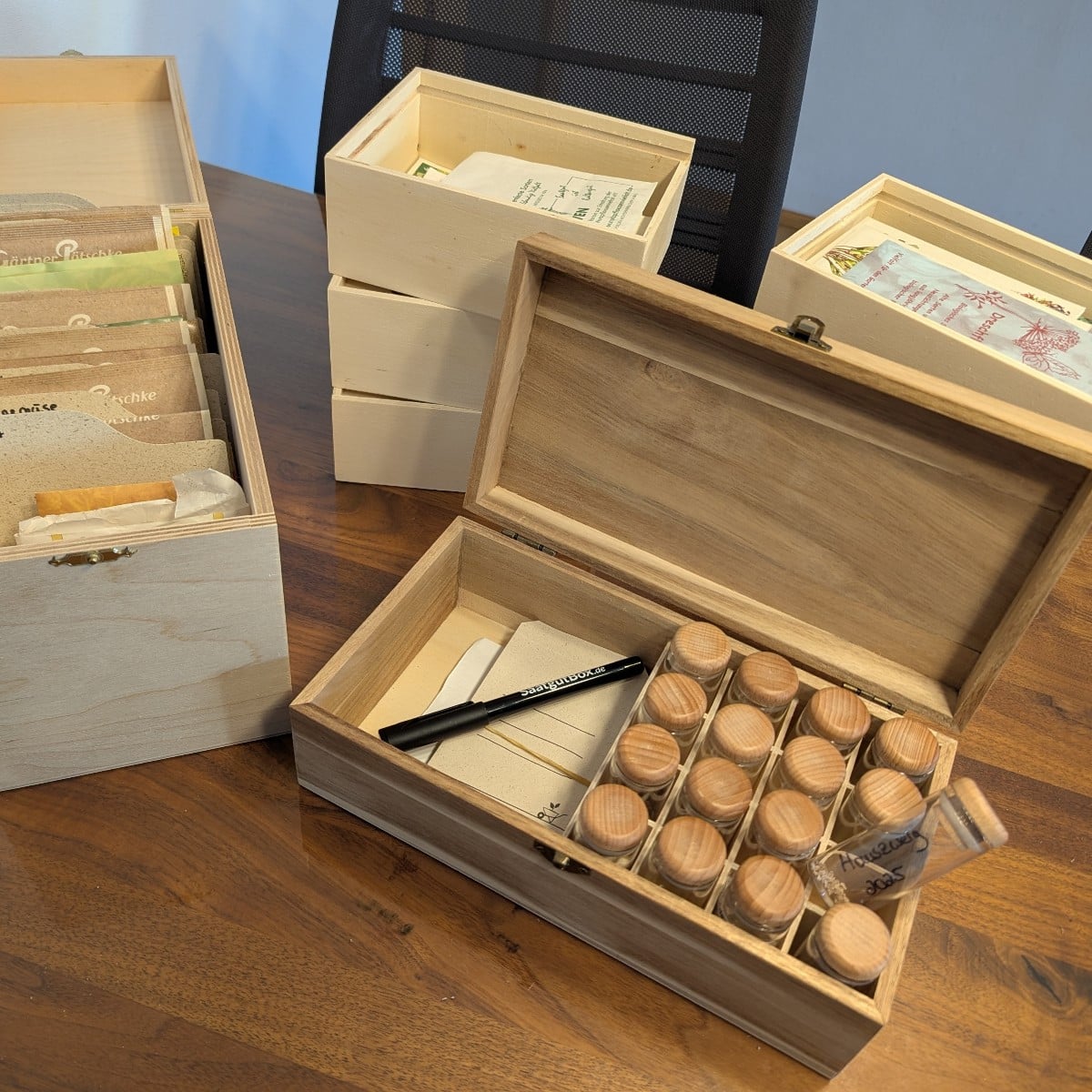
Liked 2 times
#gardeningstart2026 Finally, the initial chaos has been sorted out 😊
Show 1 answer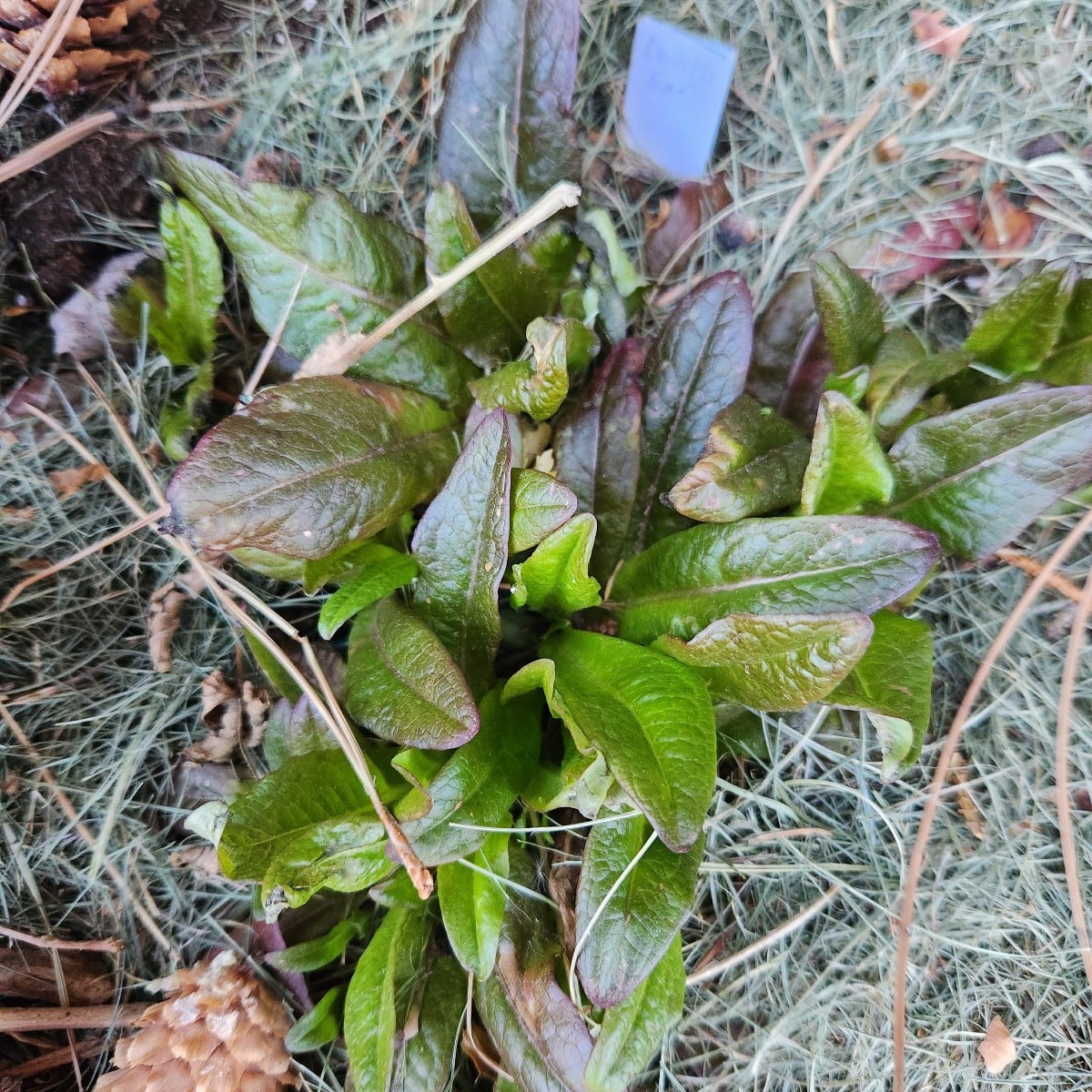
Liked 6 times
I don't remember who on here told me about Devil's Ear lettuce but THANK YOU! We have been down to -12C. I only cover when night temps are -6C or below.
Show 8 answers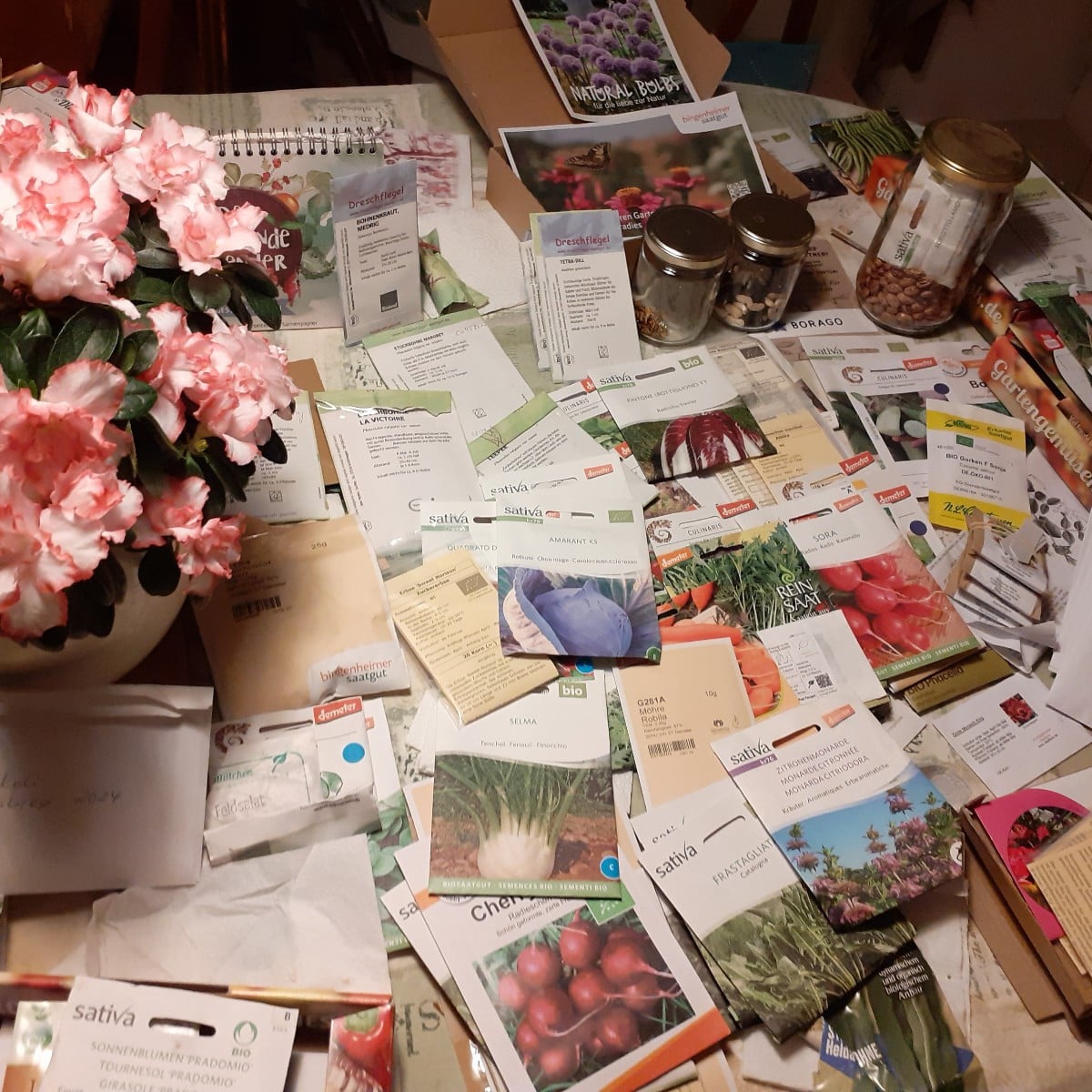
Liked 16 times
New year—new gardening joy! What a mess! It started out small and organized :))! Things I bought, things I received as gifts, and things I made myself... I wish us all lots of fun and joy in gardening!
Show 2 answersPopular Articles

Overwintering Parsley: How to Do It Successfully

How to Grow Lettuce in Winter: Varieties, Sowing, Harvesting

Growing Sage Plant: Tips for Sowing and Harvesting

What Herbs Can Be Planted Together?

Create & Design a Permaculture Garden

Overwintering Plants: Tubs, Pots and Raised Beds

Pruning, Fertilizing & Propagating Currants: Care Tips

Pruning Raspberries: How to Do It

Vegetable Garden With Greenhouse: How to Use Greenhouse Effect

Winterizing Beds and the Garden: How to Do It
FAQ
What are companion plants for carrots?
Carrots are very sociable plants in the vegetable patch and can be planted together with some vegetable plants. Examples of good neighbors are peas, chilli, garlic, leeks, chard and rocket. But also herbs such as oregano, dill and chives.
Can carrots and onions be planted together?
Carrots and onions are a popular mixed crop. Carrots keep the onion fly away and onions keep the carrot fly away. However, spring onions or leeks are more suitable than onions. Onions need less water than carrots.
Which plant companions help against the carrot fly?
A mixed culture with onion plants, garlic, celery or herbs such as rosemary, dill and parsley should keep the carrot fly away. The more different plants you grow in your bed, the lower the risk of disease and pest infestation.
Which plants should I not plant next to carrots?
Other root vegetables such as beet, horseradish, parsnip and root parsley are bad neighbors. These crops could compete for space. You should also avoid planting too many crops of the same plant family in one bed.
What are good pre-crops and post-crops for carrots?
Good pre-crops include radishes, kohlrabi and lettuce. As carrots loosen the soil deeply, root vegetables are good follow-on crops for carrots, as is lamb's lettuce.